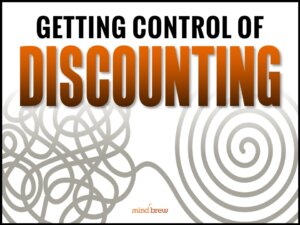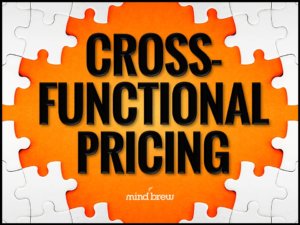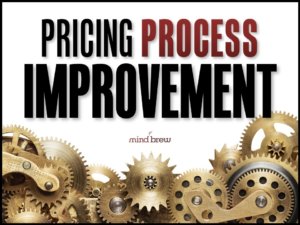In his book Human Error, psychology professor James Reason makes a distinction between active and latent failure.
An active failure is an unsafe act—like lighting gasoline on fire inside your house.
A latent failure happens when unsafe conditions occur as a result of a problem with a safety barrier. For example, if your smoke detector batteries are dead or you have soot buildup in your chimney, that’s a latent failure.
Usually, it takes several latent failures lining up at the same time to cause a real problem. (That’s the Swiss cheese model of accident causation.) The difficulty lies in the fact that you often aren’t aware of latent failures—until it’s too late.
In B2B pricing, latent failures often manifest themselves as “sloppiness.” People get distracted or complacent, leading to unsafe pricing conditions. Here are some examples:
- Inconsistent application of discount policies: Even the clearest, best designed discount policies become ineffective if you don’t have good monitoring and enforcement. Inevitably, sales will offer discounts at their own discretion in order to close deals quickly. While each incident might not seem important on its own, over time, the practice can erode the company’s profit margins. We cover this phenomenon in more depth in Getting Control of Discounting.
- Overlooked market shifts: Hopefully, you are setting prices based in part on your market and competitive analysis. But if you don’t review those analyses on a regular basis, you could get behind the times. It will be nearly imperceptible at first, but over time, this latent failure will wreak more and more havoc. To learn how to avoid this misstep, see The Fundamentals of Pricing Intelligence.
- Neglecting internal communication on pricing: The first step in communicating pricing changes to customers is communicating clearly with your internal stakeholders. If you don’t explain things effectively to your sales team, in particular, your customers will get mixed messages that could harm your market position. You might also experience some inter-team strife that is difficult to dispel. For help in avoiding this latent failure, see Cross-Functional Pricing.
None of these latent failures would be catastrophic as a one-time event. But over time, this sloppiness can cause ripple effects that ultimately harm your organization.
In the same way that you can avoid problems caused by a faulty smoke detector by checking it regularly, you can prevent latent pricing failures with the right oversight. Systematic reviews, regular training and check-ins, or even audits to ensure people are following policies can help catch issues before too much damage is done.
If you need some help implementing these measures, check out Closing Costly Margin Leaks. It can help you clean up any sloppiness that has been creeping into your organization and prevent a five-alarm fire.

















